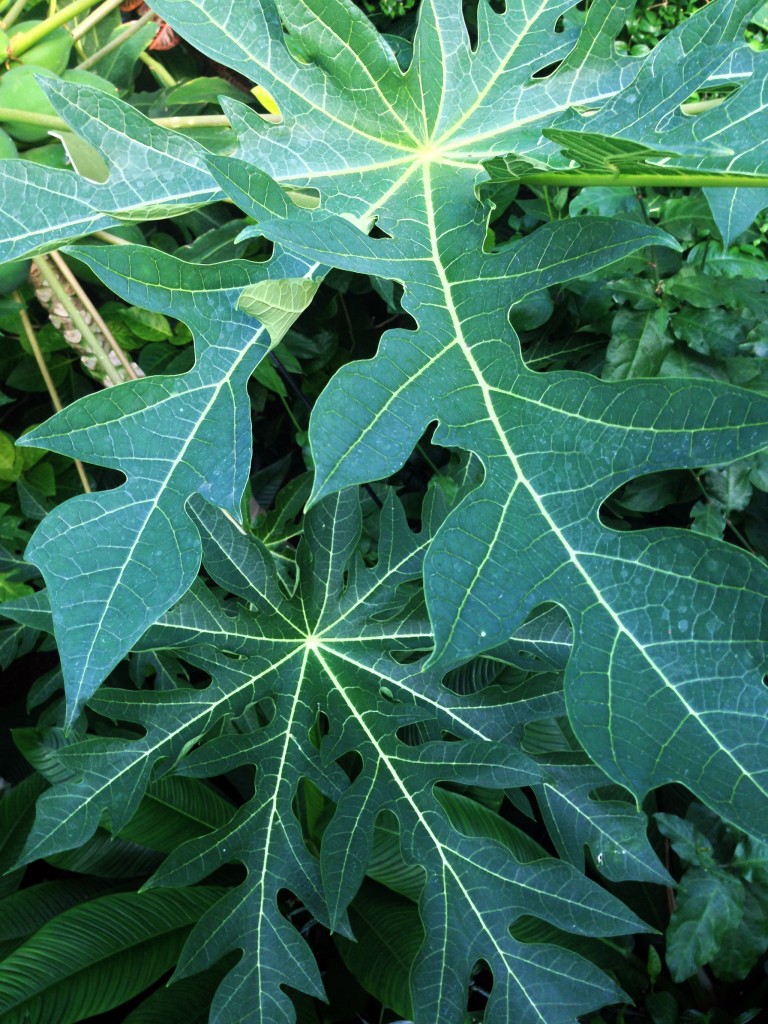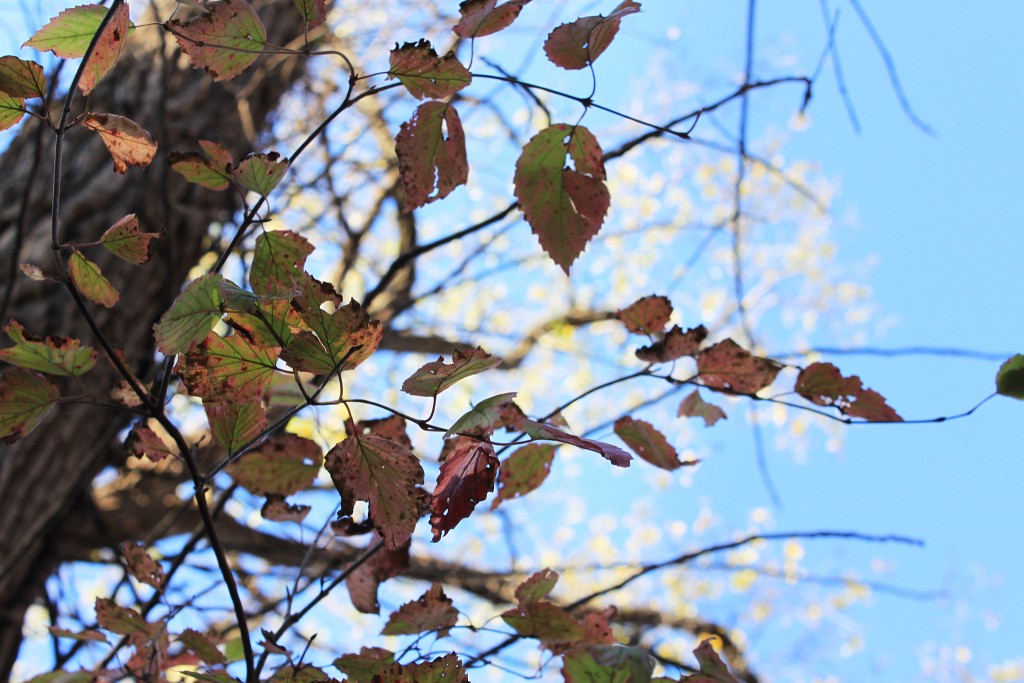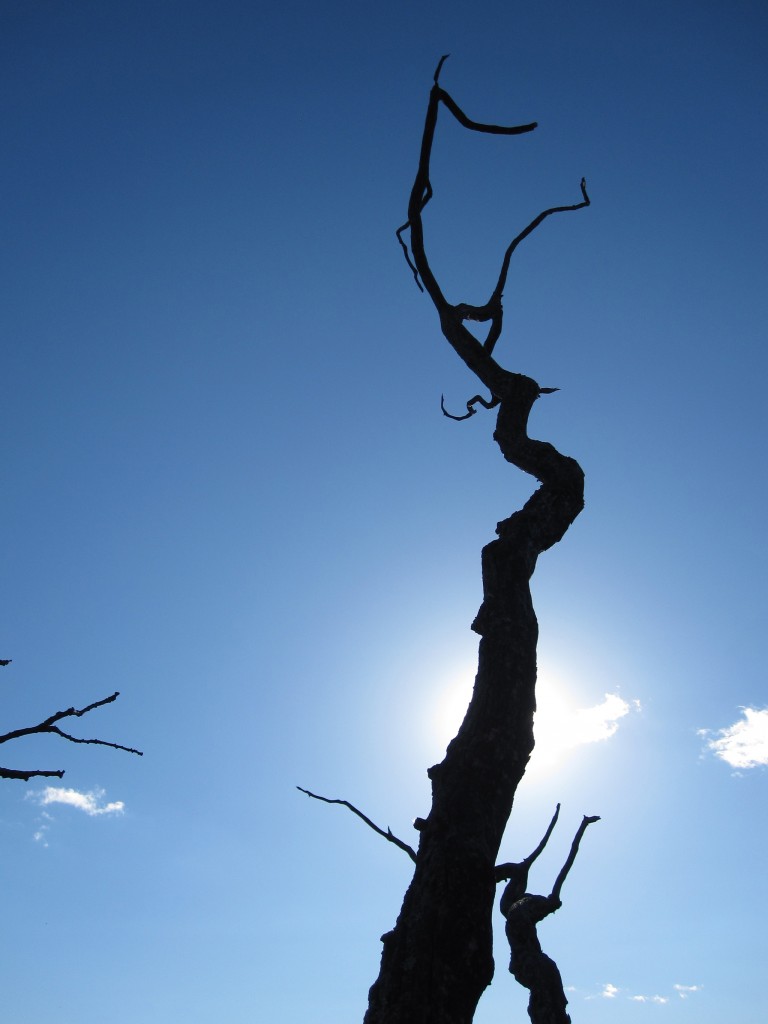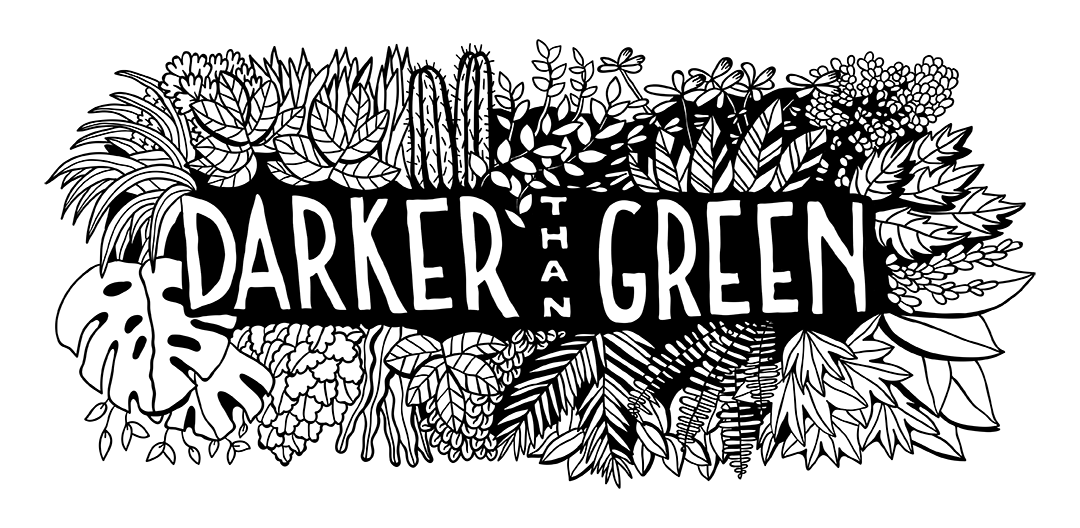On Diversity and Conservation
In Aldo Leopold’s 1949 book A Sand County Almanac, he discusses the necessity of moving toward a more holistic view of the environment. Crucial to this movement is a change in how we perceive the natural world. He argues for seeing wildlife as subject rather than object. He argues that plants and animals are, and should be considered, main characters in their own stories. That they have their own lives, and needs, and motivations that we may not share, but with which we can certainly identify. They are subjects who are worthy and capable of maintaining agency over their own lives — not objects who may rely on human intervention or whose survival is less important than ours.

When we start to think about other living beings as unique and vital agents in their own stories, we’re much more likely to empathize and relate. The switch away from thinking of plants and animals as an estranged “them” and toward thinking of a coherent “us” is a crucial first step in understanding that all the earth’s wildly diverse biomass is connected. That when rainforests in Brazil, or mangroves in Australia, or prairies in Illinois are threatened, so are we. That their safety is our safety. Their abundance, our abundance. Their progress, our progress.
Talking about conservation, the late environmental studies professor John R. Rodman explained, “When perception is sufficiently changed, respectful types of conduct seem “natural,” and one does not have to belabor them in the language of rights and duties. Here, finally, we reach the point of “paradigm change.” What brings it about is not exhortation, threat, or logic, but a rebirth of the sense of wonder.”

So, what about us? What about people? All the different kinds of people, and all the ways we look and act and are. It’s so easy for many of us to ignore those who aren’t like us, to only consider the ones we know personally, or the ones with whom we share common ground. But isn’t every person the subject of their own story? Aren’t we all an “us” too?
Perception goes a long way in forming our beliefs. The world is complicated, so our brains try to make sense of it by simplifying and categorizing. Much of this distillation happens quickly and subconsciously, but when it comes to understanding other people, seemingly simple categorizations can be flat out wrong, or at their worst, deadly. The more simply we see the world, the simpler we’ll expect it to be and the more dangerous real diversity will start to feel.

As we’ve pushed our world deeper into industrialization, we’ve over-simplified so much about it: its physical structure, its immaterial wealth, the roles we play here as stewards and co-inhabitants. Complex nature thrives only when it is allowed to exist as it is, an array of individual and beautifully interconnected systems. An environment where each biome is as unique as it is dependent on the existence of all the others. And as we are part of the environment, we must see ourselves as linked, to the Earth and to each other.
This holistic environmental view means there is a place and a purpose for all of us. It means we must think of neighbors, strangers, animals, and plants as an extension of our families, and of ourselves. It means biodiversity and human diversity are one and the same, and equally critical. It means overt and aversive racism, sexual violence, gender bias and homophobia, age discrimination, class prejudice, lack of accessible global education, undue cruelty to animals, disregard for the health of the environment, and active and passive destruction of the Earth are all unthinkable and unacceptable.
This is the paradigm change to move toward.
